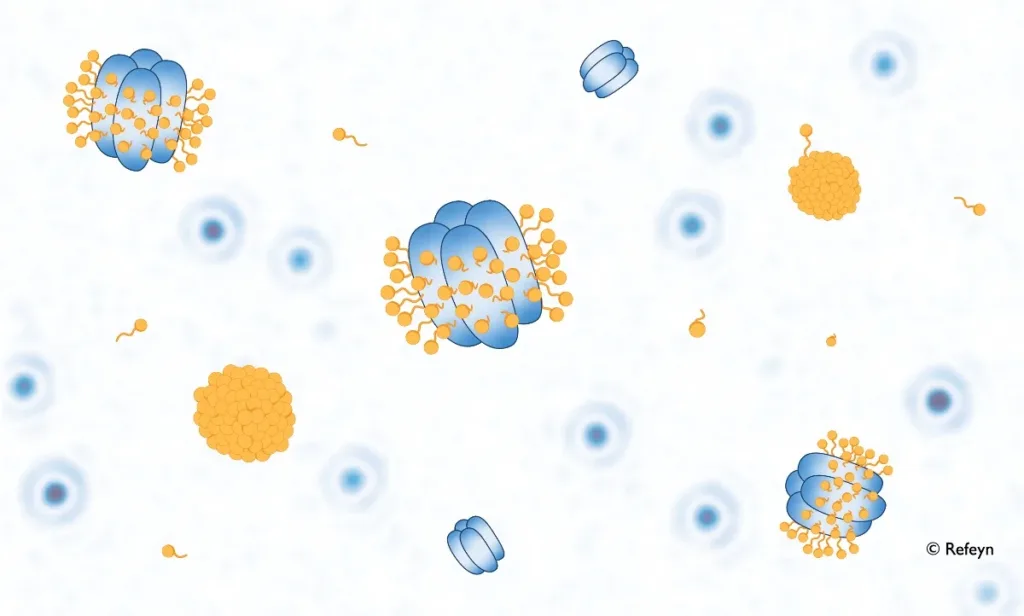
The biologically important membrane proteins remain a challenging target for structural and functional studies, despite recent advances in biomolecular characterization capabilities. This is due to intrinsic difficulties in expressing, purifying and preparing membrane proteins for analysis while preserving their structure and activity.

Q&A with Refeyn Travel Grant winner Kevin Chen
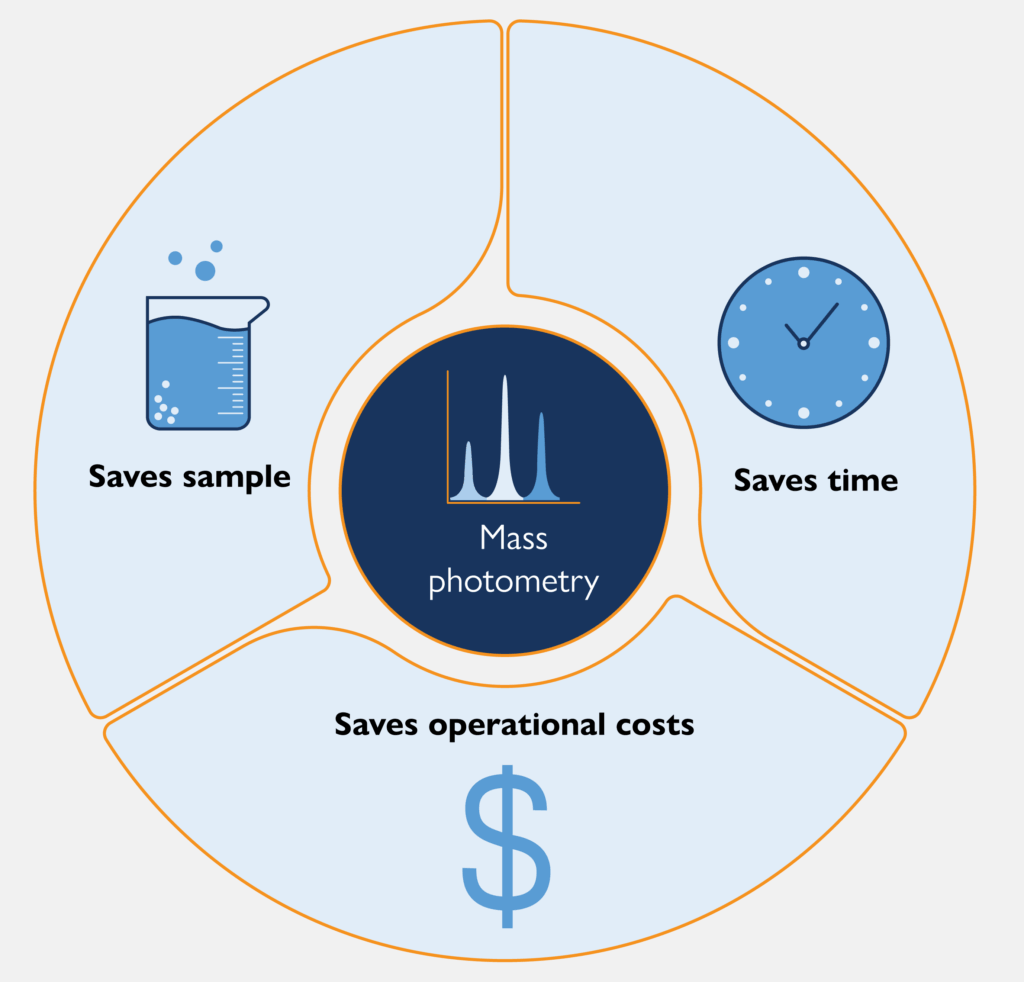
You can never get enough time on an electron microscope. To make the most of the time you do have, you need to streamline the cryo-EM workflow. Negative stain EM (NS-EM) can help you optimize buffer conditions and assess sample quality before you move to the low-temperature microscope, but it’s a time-consuming, expensive technique. What you need is a cost-effective method that can speed up your analysis. The TwoMP, a bioanalytical tool that uses mass photometry to characterize biomolecules, can help you optimize your sample analysis without breaking the bank (or project budget). In this blog, Refeyn product manager Cathryn Langley, DPhil, tells us all about it.

Ask any AAV researcher – figuring out how many of your capsids are filled and how many are empty is a long and laborious process. There is a clear need to overcome the drawbacks of the current gold-standard analytical methods so users can rapidly and cost-effectively characterise AAVs.
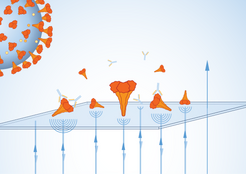
The SARS-CoV-2 pandemic has altered our lives and shaped the course of scientific research, bringing an explosion in studies on the virus. Mass photometry has proved valuable in coronavirus research, especially in characterising complex and heterogeneous proteins, and in analysing protein interactions and stoichiometry. In this blog post, we highlight ways that mass photometry has helped investigate previously intractable questions and advance our understanding of SARS-CoV-2.
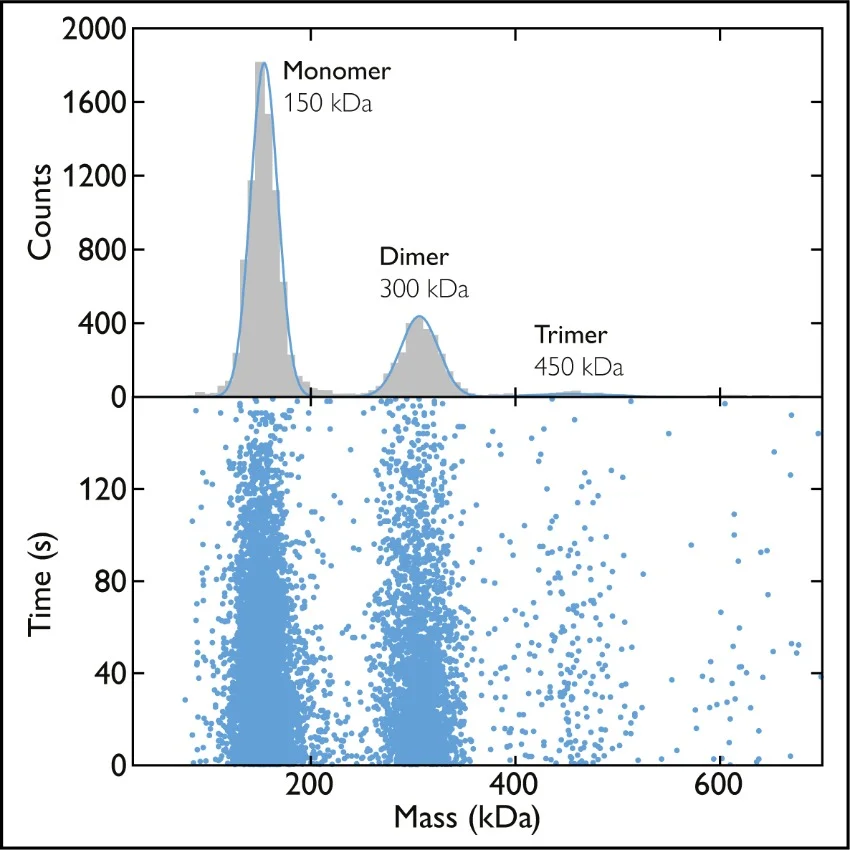
Mass photometry is a novel way to measure the mass of biomolecules. It works by quantifying the light scattered by an individual molecule in solution, which is directly proportional to the molecule’s mass [1], [2] (read more about how mass photometry works).
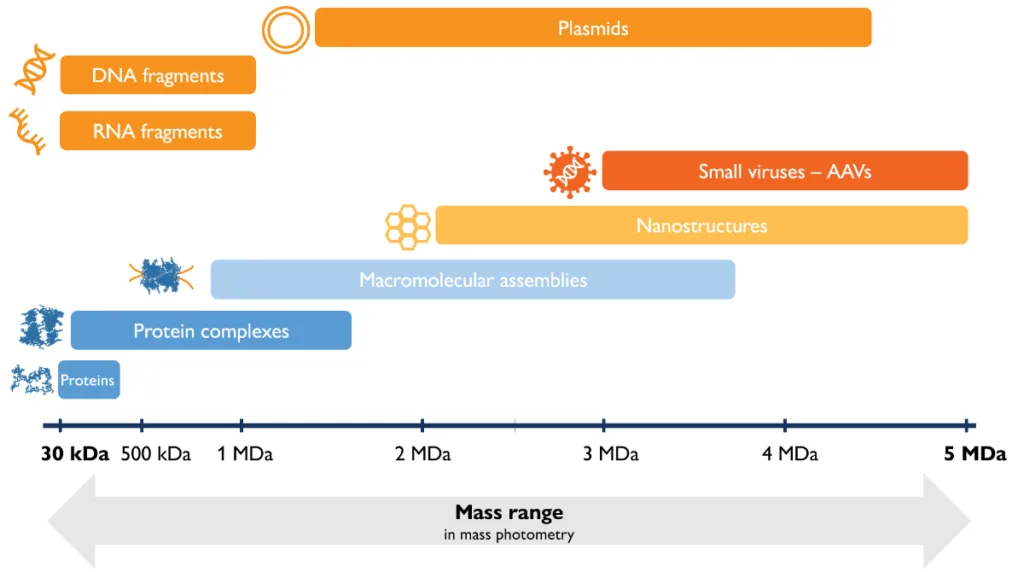
Mass photometry is an analytical method that measures molecular mass by quantifying light scattering from individual biomolecules in solution [1]. When considering mass photometry as a new technology for your lab, it is important to understand whether it is suitable for the types of samples you need to analyze.
Here, we describe mass photometry’s mass range, resolution and experimental error, the concentration ranges that can be analyzed, and other information you will find useful as you explore mass photometry.
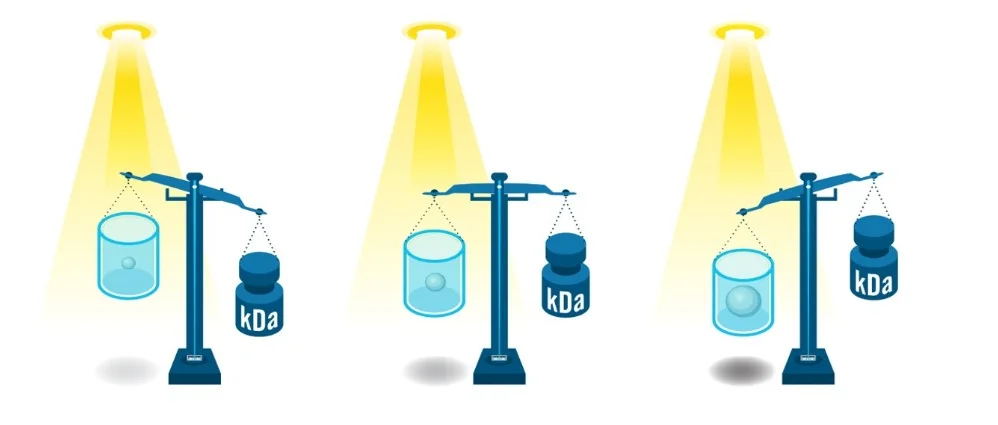
Mass photometry is a novel bioanalytical technology that measures molecular mass by quantifying light scattering from individual biomolecules in solution








